9 Easy Flea Prevention Hacks Every Pet Owner Should Know
Warm weather means fleas become more active, and once they get inside, they don’t leave quietly. Pets often pick them up outside, but the real issue starts indoors, where fleas lay eggs and multiply fast. Scratching is usually the first clue, but by then, there’s already a larger problem. Preventing fleas is the best way to avoid full-blown infestations.
These simple, vet-approved actions can help you protect your pet and keep your home clean this summer.
Vacuum Deep
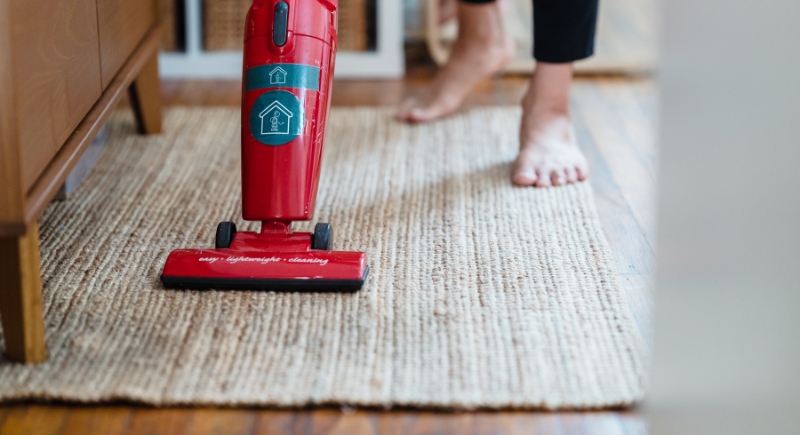
Credit: pexels
Make sure not to rush vacuuming just to finish quickly. Get into soft surfaces, rugs, and under furniture with slow, deliberate passes. Fleas and their eggs hide in dense fibers and low-traffic spots. Use a powerful vacuum and dispose of the bag outdoors right away. If yours is bagless, wash the bin thoroughly after use.
Leverage Heat to Interrupt Their Life Cycle
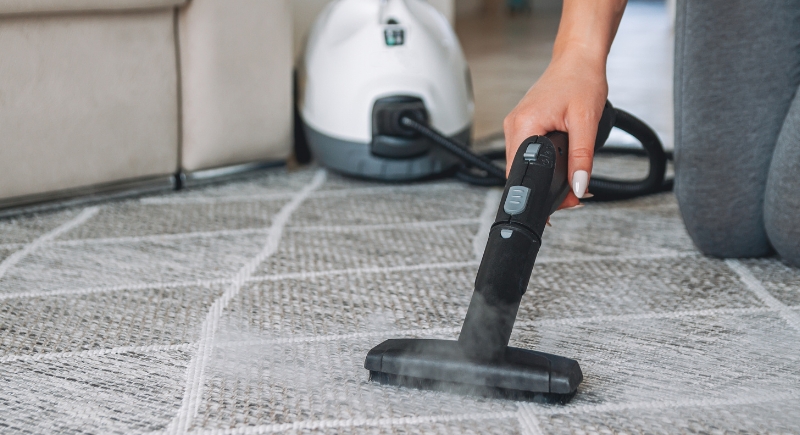
Credit: Getty Images
Steam washing destroys early-stage fleas prior to maturity. High temperatures above 95°F kill eggs and larvae embedded in fabric, according to studies. Steam gets deeper than vacuums and doesn’t leave synthetic coatings or scents behind. For pet-safe, chemical-free control, heat gives you coverage where other treatments miss or fade too fast.
Control the Outdoor Conditions They Love

Credit: pexels
Untrimmed lawns and accumulated organic debris like leaves and dense weeds create ideal conditions for fleas. Shaded, damp zones with high humidity support flea development. Wildlife activity—especially visits from raccoons or stray animals—further increases the risk, as these animals carry fleas that can spread to other areas.
Don’t Skip the Grooming Comb
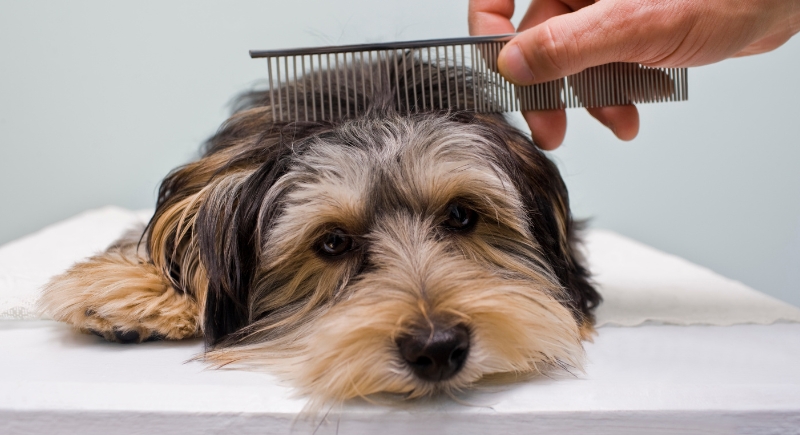
Credit: Africa Images
Persistent scratching or restlessness usually signals activity. Try not to ignore mild signs—initial bites can become hot spots or infections quickly. A closely spaced comb can help you inspect fur thoroughly and catch signs before things get worse. Your vet can also help identify allergic reactions tied to flea saliva, which are more common than people realize.
Treat Indoor Spaces Like a Flea Habitat
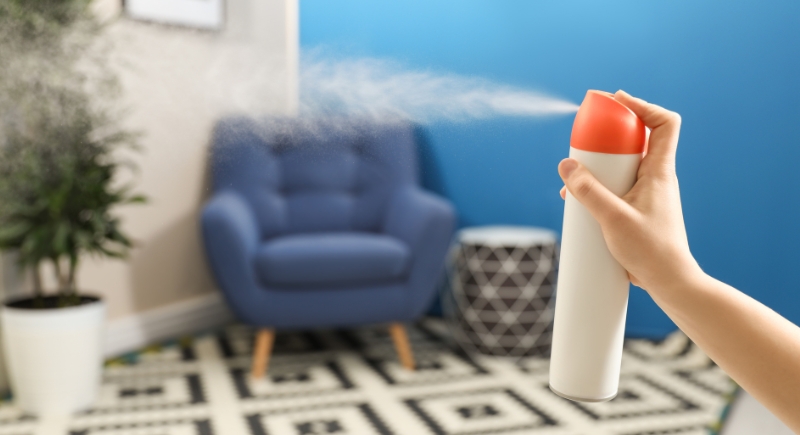
Credit: Africa Images
Fleas spend most of their lives in soft furnishings, under rugs, and along cracks, not on the animal. Target sleeping and resting spots with care. Wash pet bedding weekly with hot water. Light and safe sprays will be your best bet if infestations return, but stick to mild products unless your vet advises otherwise.
Stay Consistent, Even During Cold Months
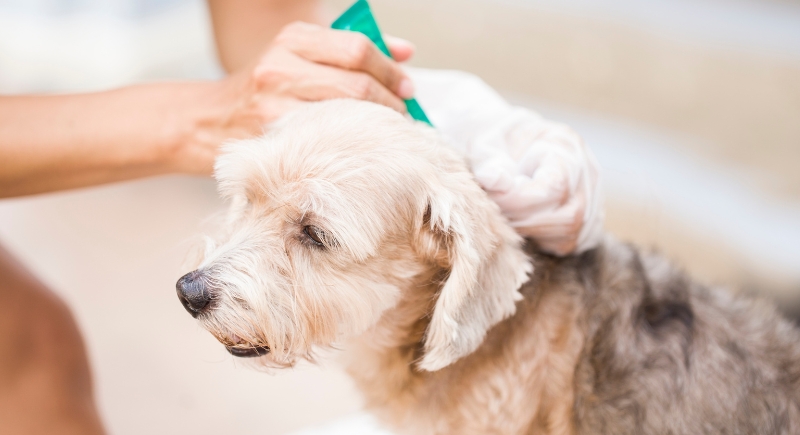
Credit: Getty Images
Fleas survive comfortably indoors when the heating’s on. Failing to treat during colder months gives fleas time to grow unnoticed. Stick with the method your vet recommends—monthly pills, topicals, or collars—without missing doses.
Make the Best of Natural Pantry Staples

Credit: pixelshot
Apply salt and baking soda lightly, brush in, and let sit overnight on carpets. These dry substances dehydrate developing fleas. Vacuum rigorously the next morning and repeat during warm months. It’s not a complete solution, but it’s a useful supplement, especially in homes with kids or sensitive pets.
Never Rely on a Single Bath

Credit: Getty Images
Flea shampoos only kill the fleas currently on your pet and leave behind others hiding in the environment. Relying on a single bath doesn’t address the full infestation. Some shampoos interfere with other flea treatments, which creates potential gaps in protection.
Clean Bedding on a Strict Schedule

Credit: Getty Images
Anything your pet curls up on needs weekly rinsing. Wash pet beds, throws, and blankets in hot water and detergent. Set to the highest dryer setting to kill fleas and larvae hiding in seams. If something can’t be washed entirely, consider tossing it.
Choose Flea Treatments Based on Vet Advice
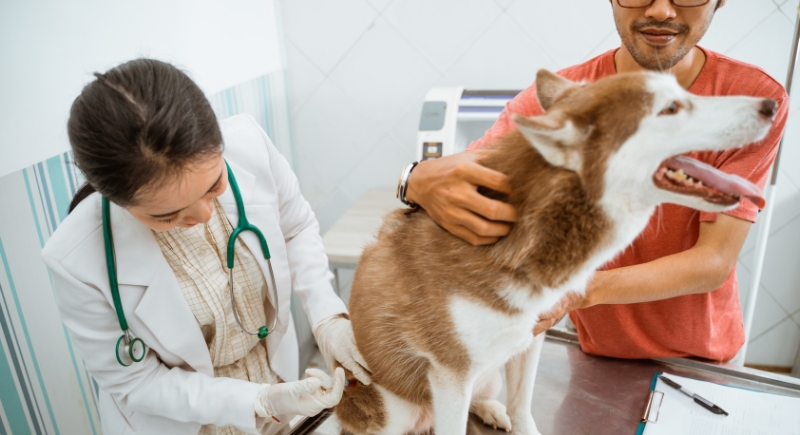
Credit: Odua Images
Your vet can help you tailor prevention to your animal’s specific needs. Long-haired dogs, indoor cats, and puppies all have different requirements. Many drugstore products lose effectiveness quickly or cause irritation. Ask about pills, newer topical options, or formulas that protect against multiple parasites.
Prevent Rodents or Strays from Coming in
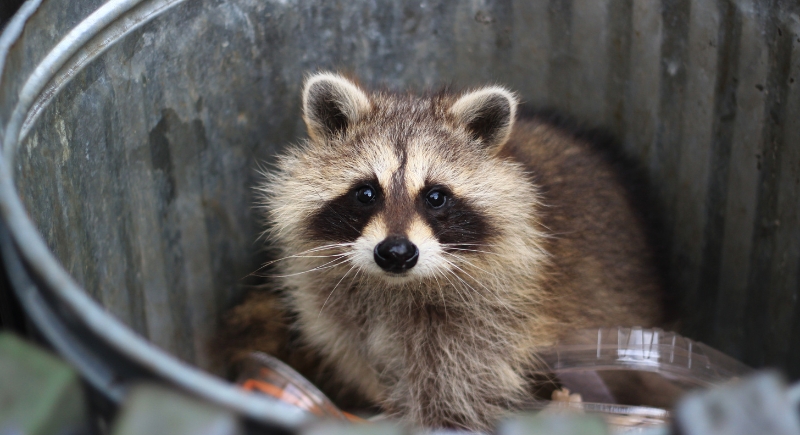
Credit: Getty Images
Raccoons, mice, and stray animals can introduce fleas in outdoor spaces and turn yards into active breeding grounds. As soon as fleas establish themselves near a home, they move indoors by latching onto pets, even those that only spend a brief time outside. Hidden entry points, overgrown brush, and unsecured food sources increase the risk.
Opt for Targeted Yard Sprays in High-Risk Spots

Credit: Canva
Spray directly in damp corners or beneath dense growth. You don’t need to coat the entire yard. Choose sprays safe for pets and kids after they dry, and always read labels carefully. Focus on areas near decks, fences, or shaded lounging spots. Reapply as directed if the weather stays warm and wet.
Vacuum Cleaner Bags Can Be a Problem
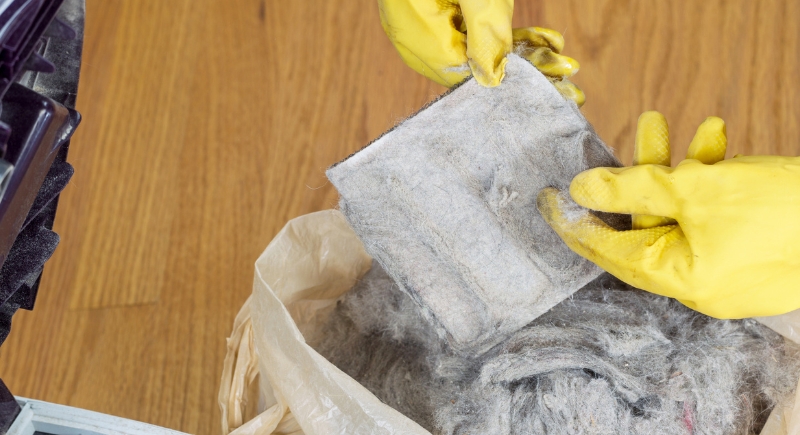
Credit: Canva
Vacuum cleaner bags can become a source of reinfestation if not emptied properly. Fleas, eggs, and larvae collected during cleaning may survive inside the vacuum and escape back into the home. As flea populations grow, the risk of reintroducing them through poorly maintained equipment increases.
Watch for Signs Beyond Scratching

Credit: Getty Images
Shifts in behavior could mean that your pet is in pain. Look for restlessness, sensitivity to touch, or changes in how your pet moves or sleeps. Flea allergy dermatitis causes scabbing and hair loss, even without obvious scratching. Utilize a damp cloth to test for flea dirt, which turns red with moisture.
Foggers Have Limits, So Supplement Them
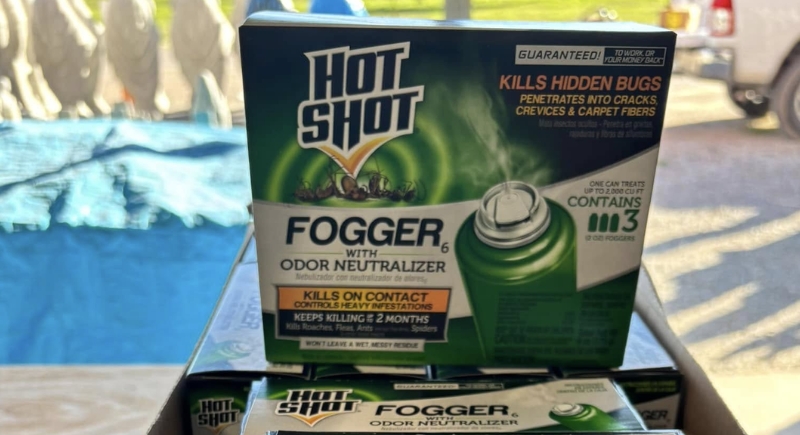
Credit: Facebook
Bring in foggers in large, open rooms and add spray treatments for corners, closets, and under furniture. Turn off pilot lights and unplug electronics before starting. You’ll need to leave for a few hours, then ventilate the house. Foggers only work well when combined with hands-on cleaning.